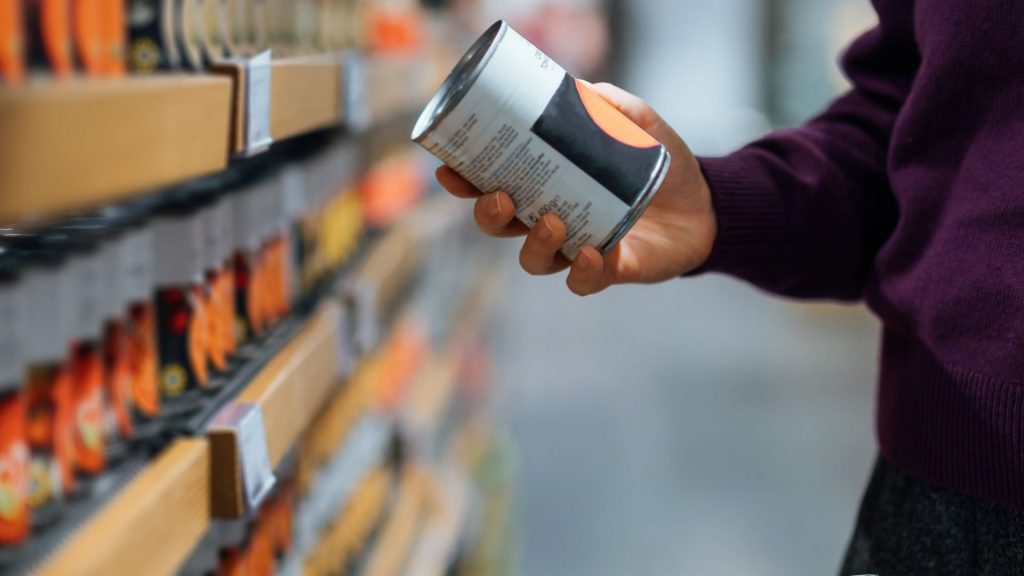How Trump’s new 50% tariffs on steel, other metals could hike your grocery bill

President Donald Trump’s 50% tariffs on steel, aluminum and other metal imports are now in effect. They’re expected to impact everything from the obvious, like vehicle prices, to the not-so-obvious, like your grocery bill.
While one of the president’s biggest campaign promises was to lower food costs, this latest move threatens to do the opposite.
How are grocery prices and tariffs related?
Many everyday products rely on steel and aluminum for packaging, including canned goods, soda and beer, pet food and more. Robert Budway, president of the Can Manufacturers Institute, told The Associated Press that domestic tin mill steel producers have dramatically decreased in recent years, making them reliant on imported materials.
“It plays into the hands of China and other foreign canned food producers, which are more than happy to undercut American farmers and food producers,” Budway told the AP. “Doubling the steel tariff will further increase the cost of canned goods at the grocery store.”
Even before this latest hike, many food companies had already warned of the impacts that Trump’s tariffs could have.
The Campbell’s Co., whose soup cans are a staple for millions, has said it may be forced to raise prices. Likewise, Conagra Brands’ CFO stated at a recent Goldman Sachs conference on global staples that there is not enough supply for them to obtain all their materials from the U.S.
How are grocery prices impacting the way Americans shop?
Even with the inflation rate cooling to 2.3%, many Americans continue to struggle to afford the necessities. A recent survey found more people are now turning to short-term “buy now, pay later” (BNPL) options to afford groceries.
According to LendingTree, the company behind that survey, about 25% of Americans now pay for their groceries that way, compared to only 14% in 2024. It also found that 1 in 3 Americans say they use BNPL options as a “bridge” to get them through until their next paycheck.
As more people adopt this method of payment, more are paying late.. Short-term lender Klarna said in May that its consumer credit losses swelled 17% in the first quarter of 2025 compared to last year, hitting $136 million.
LendingTree’s survey found 41% of people paid late in the last year.
Industry experts say the late or missed installments are a sign of faltering financial health among a segment of the U.S. population. America’s total consumer debt has reached a record $18.2 trillion, and the New York Fed found household spending rose 4.5% in April compared to the same time last year.
Where do grocery prices in the US stand right now?
In its latest report, the Bureau of Labor Statistics said grocery prices dipped 0.4% from March to April of this year. That marks the biggest decrease in food costs since September 2020.
Specifically, sky-high egg prices fell sharply, down 12.7%. Still, though, they remain 49% higher than in 2024. In 2025, overall grocery prices are predicted to increase by 2.9%, according to the U.S. Department of Agriculture.





